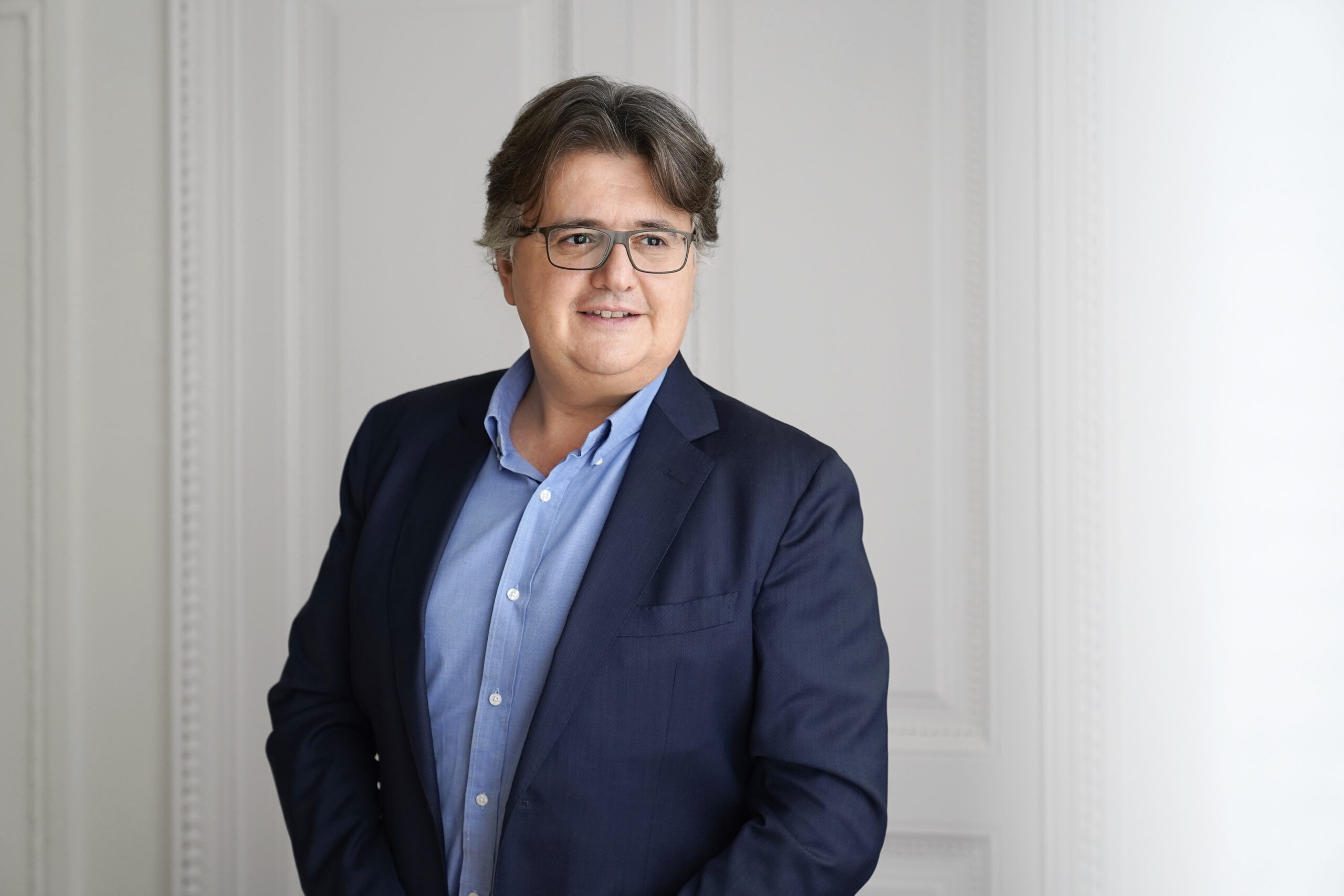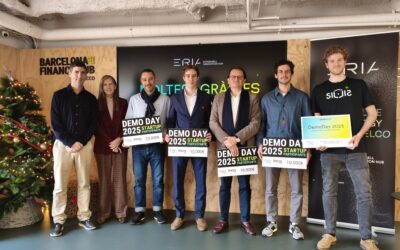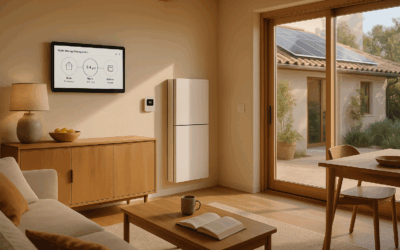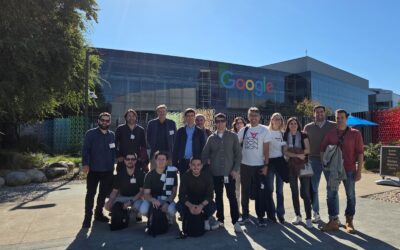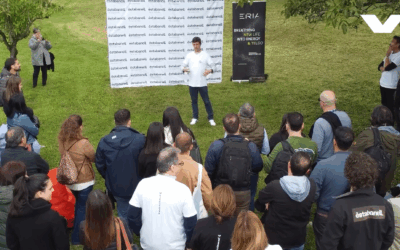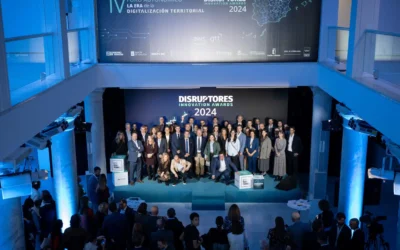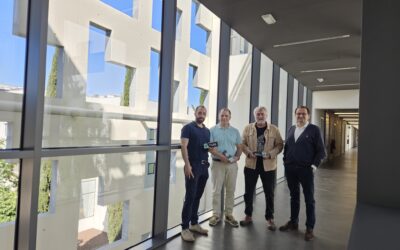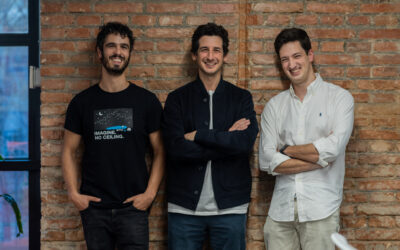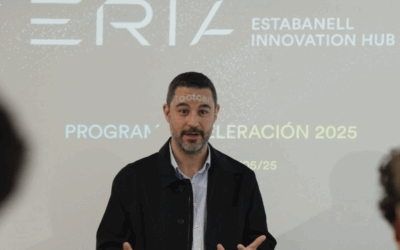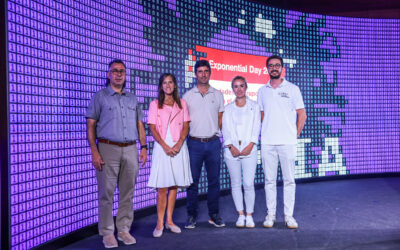Xavier Simó is president of the Entrepreneurship Committee of 22@Network Barcelona and a reference in the dynamization of the innovative ecosystem of Barcelona. In this role, he has promoted contact between companies, startups and institutions, and recently also collaborates with ERIA as a mentor of the acceleration program. From ERIA we talked with him about the evolution of the 22@ district, the challenges of the entrepreneurial ecosystem and the key role of the connection between corporations and startups.
Do you think that 22@ has evolved from its industrial parks to become a true urban innovation center?
The 22@ district was born with the aim of transforming the industrial area of the city into a new knowledge economy -as it was called twenty years ago-, capable of providing more value, attracting professionals from different sectors and promoting a social and ecological awareness much more appropriate for a 21st century city. Therefore, this evolution has already taken place.
What are the main successes and what is still pending?
The main successes have been threefold: first, attracting knowledge-based companies convinced that innovation is key to their growth; second, demonstrating the value of the constant contact and proximity that 22@Network – the famous networking – generates for both managers and employees; and third, the remodeling and modernization of the business park.
There are still pending challenges: to encourage the presence of residents so that 22@ is also a place to live, to promote innovation tests with the sandbox planned for the end of the year and to strengthen international connections with other districts and innovation hubs to become an entry point for global companies.
How do you see the evolution of the entrepreneurial ecosystem in Barcelona in recent years, and what key challenges do you see for the immediate future?
The evolution of the ecosystem is very positive and the data confirms it. On the one hand, the City Council has made a constant commitment to create spaces for innovation and entrepreneurship. On the other hand, we already have the first serial entrepreneurs with several successes, as well as the presence of international investors in early stages, a clear sign of the maturity of the sector.
Even so, there are still important challenges: bringing mid-sized companies closer to startups to foster collaborations, encouraging tech transfer from research centers and universities so that more deep-tech reaches the market, and fostering a new generation of entrepreneurs in all sectors based on intellectual property.
How important is the connection between the entrepreneurial network and large companies to generate innovation that is truly transformative?
This is one of the great challenges for the future of the entrepreneurial ecosystem. Large companies, due to their size and responsibilities to customers and investors, cannot easily adapt to the constant change in technology and business models. This is why they need to be in contact with startups, which allows them to anticipate and prepare for the coming changes. At the same time, entrepreneurs need the collaboration of large companies to validate themselves in the market. Many transformative projects, if they arrive too early, may not take off and end up dying.
How do you value initiatives like ERIA within this ecosystem?
ERIA is a good example of what a historic company like Estabanell can do: start from a local market and look for global solutions to compete with large international corporations. It is still at the beginning of the road, but it has the potential to become a world reference.
What do these initiatives contribute to the city’s innovation strategy?
ERIA brings the accumulated knowledge of a historical company in the energy sector and, at the same time, acts as a magnet for new national and international entrepreneurs.
You have mentored several startups in ERIA’s acceleration program. What aspects of their approach and methodology would you highlight?
Although I have just started as a mentor, it is noticeable that ERIA has been able to involve a mature team with a lot of experience in project acceleration. This is reflected in the high level of the mentors and the program.
From your experience, what are the key factors that determine whether a startup can successfully scale in complex sectors such as energy?
To scale quickly requires three key factors: reaching the market at the right time, having a simple business model (which does not mean simple) and access to the financing needed to grow.
What advice would you give to startups that want to collaborate with corporations like Estabanell with open innovation programs?
The first tip is to have an open mind. Collaboration may start with a proof of concept, but it can be the gateway to a market. The second is to understand that open innovation is like a ballroom ball: both parties must enjoy the collaboration, and if one of them does not meet expectations, it must be revised. Third, to assume that these programs are a real master’s degree: they involve overcoming legal obstacles, operational problems and technical barriers that prepare startups to enter the market with greater strength.
